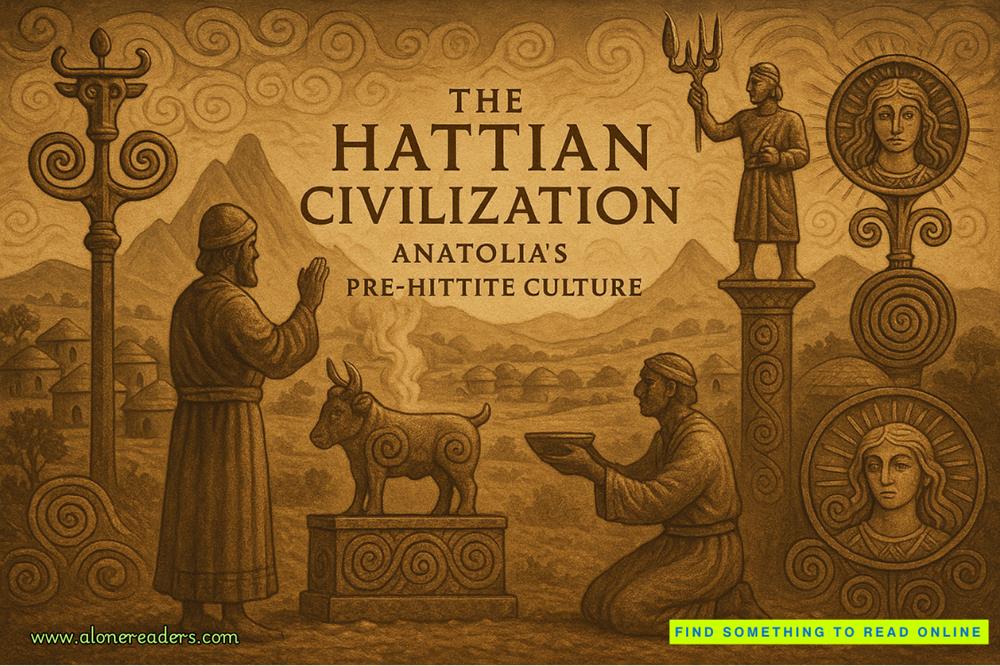Bennett completed his circuit and lined up for landing. Drifting down in a light wind, he ruddered the Cessna straight at the last second. The Cessna touched down with only a light chirp from the tires. Bennett slowed the plane into a fast taxi as he stared at the directions that were written on a sheet of paper on his clipboard.
Then he slowed some more and turned down a side road toward a cargo terminal.
IN THE SMART Car, Cabrillo had his foot to the floor. Driving the tiny vehicle was like piloting a go-cart after a pot of coffee and half a pack of No-Doz. The Smart Car bounced over the pavement and lurched from side to side. Cabrillo raced alongside the row of hangars and carefully watched the locator. A Cessna had just exited the runway and was taxiing along. Cabrillo stared at the plane’s tail, then stopped and pulled over to check the locator.
ADAMS HAD THE Robinson airborne three minutes after he was dropped off. They hadn’t even been on the ground long enough for the engine to cool off. Flying along the side of the airport, he notified the tower that he was doing an equipment test and then he started to make low lazy circles in the sky.
The only plane visible was a Cessna that had just landed. He watched it slow to a stop in front of a hangar. Then he watched as Cabrillo in the Smart Car edged closer.
A UNIFORMED ATTENDANT walked out to the Cessna and shouted over the noise of the running engine, “Are you here for the oil-field parts?”
Bennett yelled back, “Yes.”
The attendant nodded and raced back through the open hangar door. A moment later he returned with the box. Walking close to the hangar, he placed the box on the ground then shouted in the pilot’s window.
“Front or back?”
“In the front on the passenger seat,” Bennett shouted.
The attendant picked up the box and walked around the rear of the Cessna.
CABRILLO GLANCED AT the gauge again. The needle was maxed out, lying against the line marked ten. He glanced up from the gauge and through the windshield just as the attendant began walking around the rear of the plane with the box. It was the same box Cabrillo had seen for a split second in Greenland.
He hit the gas just as the attendant placed the box in the plane and closed the door.
The Cessna started to taxi away. The plane had a head start and was about to turn onto the runway when Cabrillo reached full speed. Cabrillo steered the Smart Car with his knees while he reached into a holster that hung down under his arm. With his right hand he removed a Smith & Wesson .50-caliber handgun. With his left he rolled down the driver’s window.
Turning on the side road, Bennett turned to line up on the runway. Glancing to the rear, he noticed the Smart Car racing after him. For a second he thought it might be the attendant chasing after him to flag him down for some reason. Then Bennett noticed a hand come out of the window with a nickel-plated revolver.
Bennett advanced the throttle and pulled onto the runway. Already cleared for takeoff, he took the Cessna up to safe rotation speed. It would be a close race.
Cabrillo followed the Cessna onto the runway and gave chase. The plane was accelerating hard, and it was obvious the pilot was not considering stopping. As soon as Cabrillo had the Smart Car cruising at fifty miles an hour, he set the cruise control and slid himself through the window until he was sitting on the windowsill.
Lining up his shots carefully, he began firing at the plane.
BENNETT HEARD AND felt a bullet impact on his left wing strut. That was followed by the report from more bullets being fired. Reaching proper takeoff speed, he rotated by pulling back on the yoke. Lifting into the air, Bennett waited until he was at three hundred feet of elevation before glancing back.
The Smart Car had stopped at the end of the runway.
And the man that had been driving the car was racing toward a helicopter that had just touched down. Bennett advanced the throttle to the stops as Cabrillo climbed into the passenger seat in the Robinson.
“Think you can catch him?” he shouted to Adams as he lifted off.
“It’ll be close,” Adams said.
26
JUST TO THE south of the Faeroe Islands a layer of clouds lay almost to the sea. The leading edge of a storm heading from south to north, the clouds had pelted the British Isles with rain and snow for the last two days. As soon as the Robinson R-44 entered the maelstrom, it was as if Adams and Cabrillo had stepped inside a maze.
One minute they would have a stretch of clear skies, the next they would enter another cloud bank and lose all sight of the Cessna and the water beneath them. Winds buffeted the helicopter, changing directions and velocity like a puck on an air hockey table. The coastline of Scotland was just over two hundred and eighty miles to the south. Inverness, the first city where they might refuel, another seventy.
With both of the fuel tanks filled, Adams and Cabrillo could make land—but only if the headwinds cooperated. The Robinson had a range without reserves of four hundred miles, tops. The Cessna 206 could do just over eight hundred miles. Bennett had not refueled the 206 in the Faeroe Islands—as soon as he saw
that Cabrillo was pursuing him, he had taken off as quickly as possible—so here both aircraft were evenly matched.
As for cruising speed, the ratings were equal at 130 miles per hour.
“There,” Cabrillo said, pointing through an opening in the cloud bank, “he’s a couple miles ahead.”















